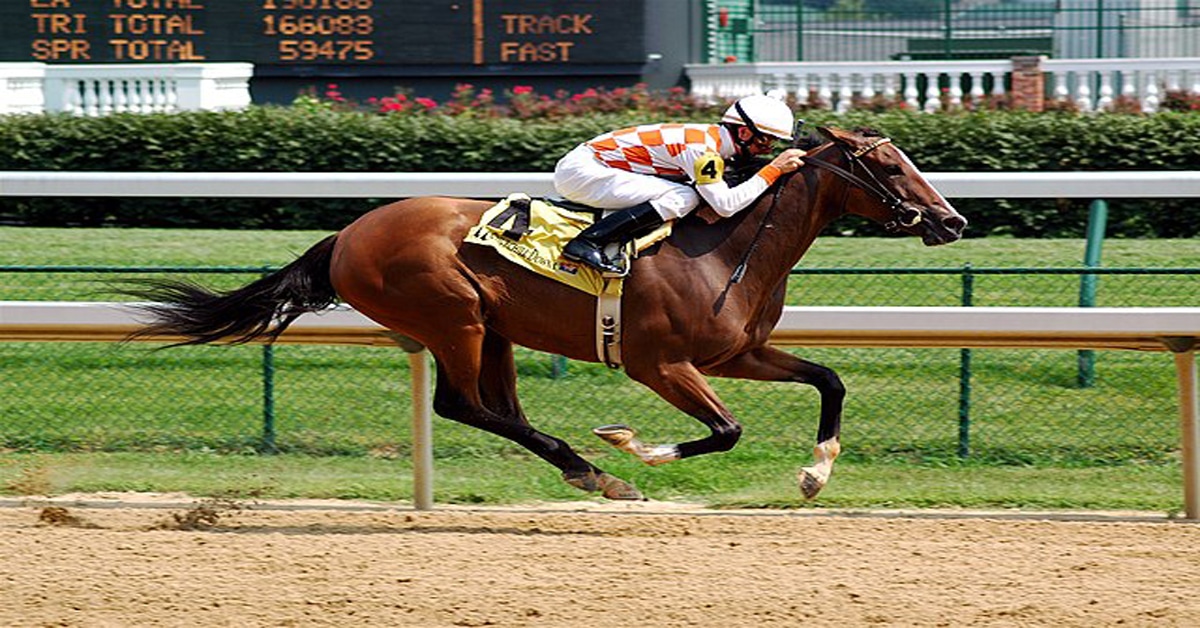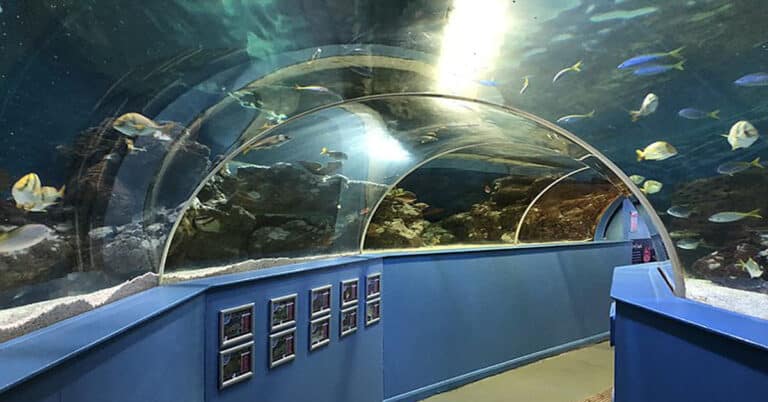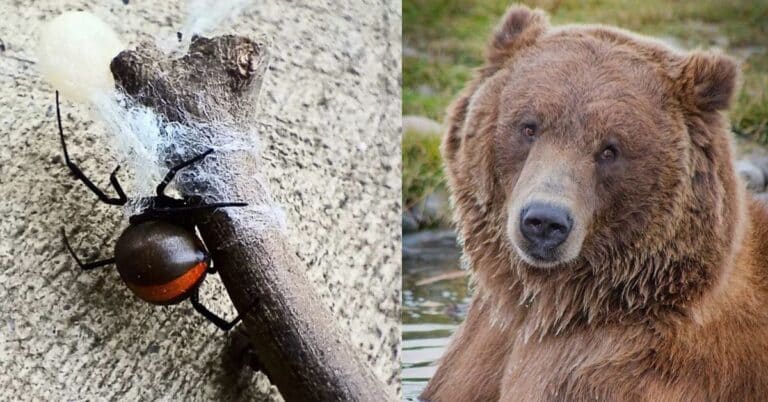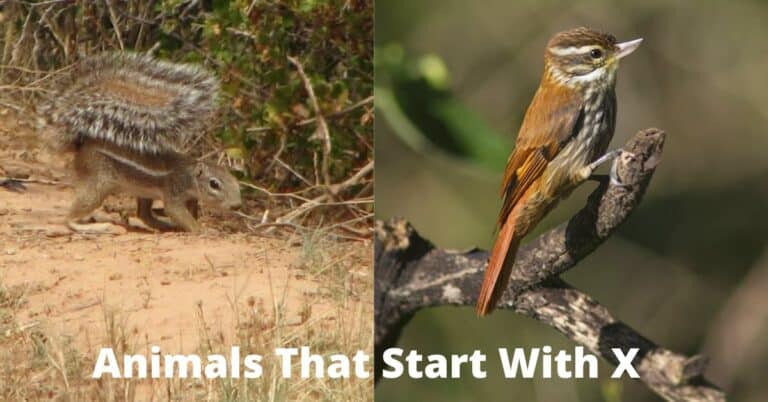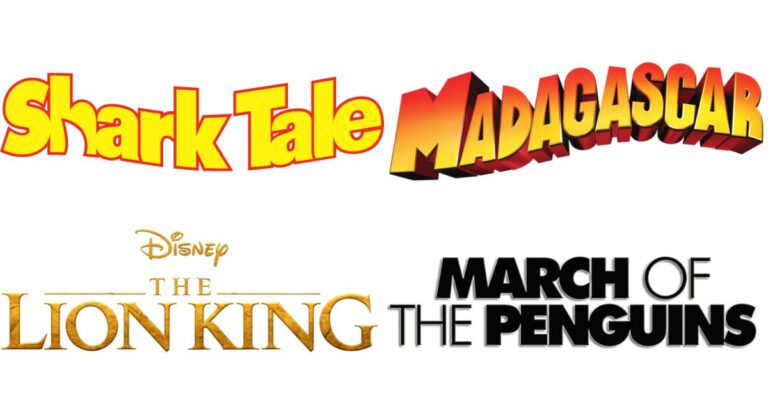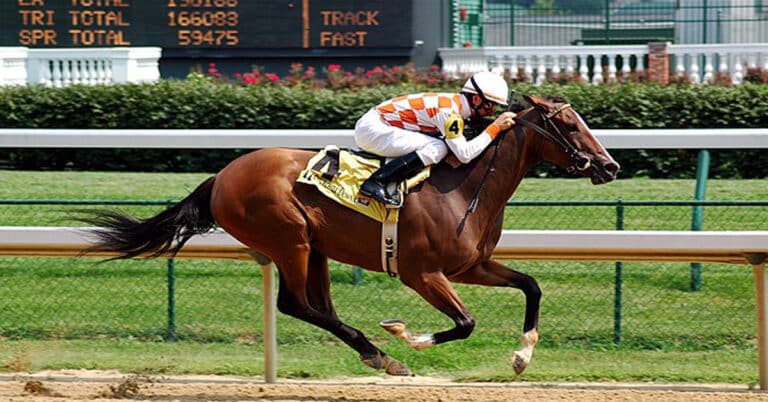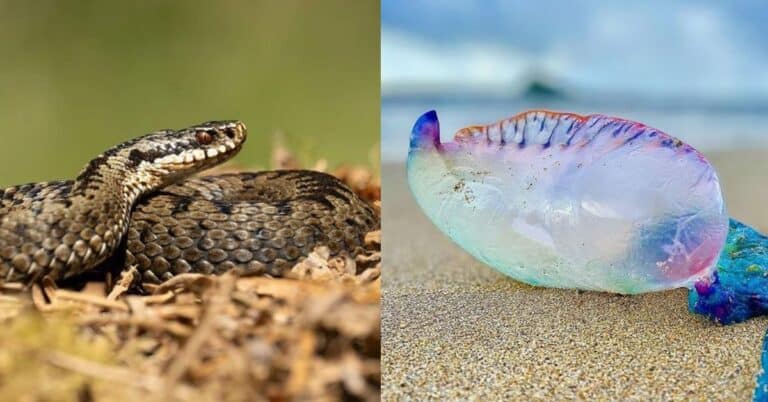Life Cycle of Horses – Breaking Down 5 Stages
If you love horses or plan to get one, you’re probably wondering how these animals are bred, trained, and cared for throughout their lives. In order to find answers to all of these questions, there’s one simple thing you can do: understand the life cycle of horses.
The thing is the horse life cycle consists of 5 stages that cover all important aspects of their development, social life, and even career as a racehorse. In this article, we’ll discuss these five stages one by one and help you understand all the critical development phases that horses undergo in their lives.
Birth of Foals
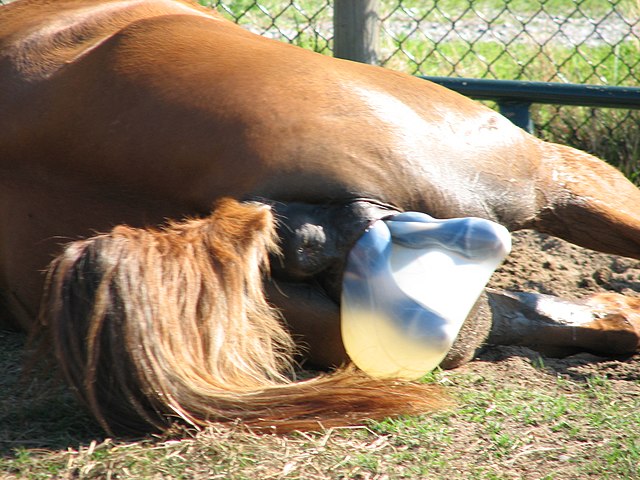
The first stage in the life of a racehorse begins as soon as the foal is born. “Foal” is the name of a baby horse that is still nursing from their mother horses. Foals are usually born from January to July. These little horses aren’t yet characterized by the usual strength of a racehorse. All they can do is develop some basic skills of survival and adapt to their immediate environment.
Therefore, at this stage, horses aren’t interesting to the racing industry or betting enthusiasts who go to horseracing or use Kentucky betting sites to place their wagers. Instead, during this period, foals bond with their mothers and learn the basic behaviors that are necessary for their future training.
Early Life and Training
Once foals start eating grass instead of nursing from their mothers, they enter the next life stage which is weanlings. The reason is that they have been weaned off their mother’s milk. Typically, weanlings are 5 to 6-month-old horses and they carry that name until the universally recognized “horse birthday” on January 1st. That’s when they transition into the “yearlings” stage, regardless of their actual birth month.
Yearlings are no longer horse babies. In fact, they began to mature physically and start developing the characteristics of racehorses. The owners of the horses usually start training them as yearlings. At that stage, sometimes they even get sold at public auctions or move directly to training facilities. In simple terms, this stage is the foundation of their racing career.
Racing Career
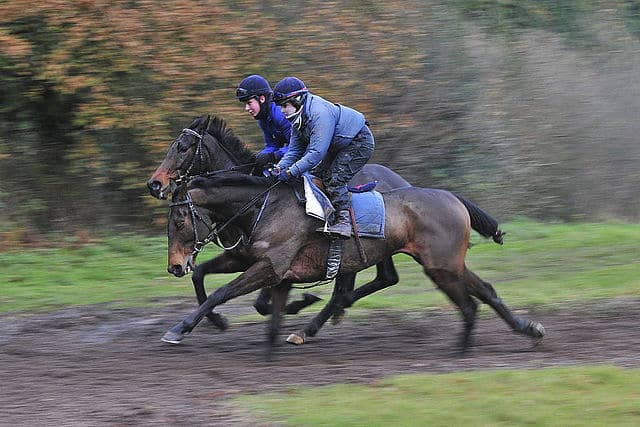
The most significant stage in the life of a racing horse is indeed starting a racing career. This usually happens at the age of 2-3. But before they start racing, trainers make sure that the horse has enough speed, agility, and stamina. That’s when horses have to learn to get used to the intense environment of racing tracks, the sound of the crowd, and being close to other horses.
Most importantly, they have to learn to respond to a jockey’s commands, as well as gain confidence. Their racing age usually lasts until they are 4-5 years old. But interestingly, some horses continue to take part in racing longer, depending on their health and success on the track.
Breeding
If the horse successfully concludes its racing career without significant injuries, chances are that they will transition into the next stage — breeding. The reason why they can be chosen as breeding stock is that they have valuable genetic traits and their owners would like to keep them among the next generation of racehorses.
Owners and breeders tend to match stallions and mares based on their pedigrees and racing histories. That way, they can produce offspring that have the most important qualities needed for a successful racing career.
Retirement and Aftercare
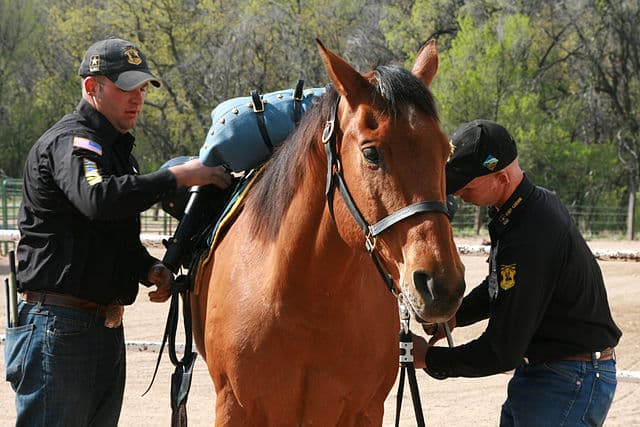
The final life cycle of racehorses is retirement and aftercare. After their racing or breeding careers conclude, horses need to find a suitable environment where they can transition from stressful horse tracks to a more relaxed lifestyle. If they are strong enough, retired horses can turn into riding horses. Either way, during retirement, they require proper aftercare.
As a result, many retired racehorses join therapeutic riding programs where they receive appropriate medical care and nutrition, and, besides, start socializing with other retired horses. That’s how they adapt to new roles post-retirement.
Bottom Line
Now you already have a basic understanding of the stages your horse will go through. No matter what stage they are at or how successful their racing career is, they indeed deserve proper care and nutrition at all stages of their lives. After all, the way you take care of them directly impacts their health, well-being, and quality of life.

Having discovered a fondness for insects while pursuing her degree in Biology, Randi Jones was quite bugged to know that people usually dismissed these little creatures as “creepy-crawlies”.

